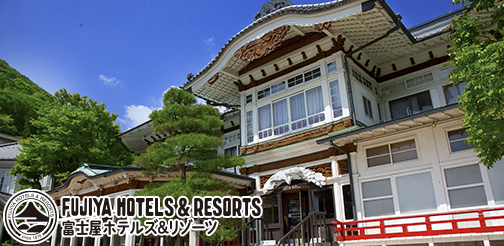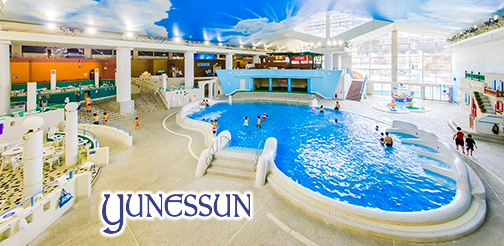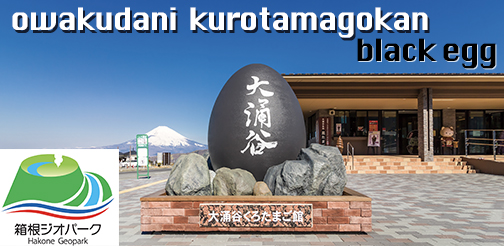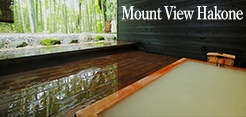The Fujiya Hotel was established in the mountain village of Miyanoshita, Hakone in 1878. Sennosuke Yamaguchi, an industrialist from Yokohama, bought the 500-year-old Fujiya inn, changed its name, and started a new business that would cater to the new influx of foreigners to Japan. It is said that it was Yukichi Fukuzawa, the president of Keio University and face on the Japanese ¥10,000 bill, who advised Sennosuke Yamaguchi, who had returned from the United States and was attending Keio University, to start his own business.
The Fujiya Hotel is a registered landmark of cultural heritage and wandering the halls during a stay takes you back to another time. The recent renovations have added modern amenities to the traditional architecture and hospitality. There are well maintained gardens, museums, pools, and bars to enjoy during your time here. There are also a number of services open to guests who are just visiting for the day.
Fujiya Hotel targeted foreigners from the beginning of its operation, which was extremely rare at that time. This was because the hot springs in Hakone were becoming popular among foreigners at the time, but there is a story behind this. At the end of the Tokugawa Shogunate, the Ansei Five-Party Treaty with five countries, including the United States and the United Kingdom, stipulated that foreigners could move freely only within a radius of about 40 kilometers from the ports that had been opened to them. Hakone was more than 40 kilometers from Yokohama, but foreigners could go there if they had a reason to recuperate from illness. Hakone was cooler than Yokohama, had hot springs, and a magnificent view of Mt. Fuji. Foreigners, who were not allowed to go out freely, came to Hakone in the name of recuperation. It would not have been surprising if Sennosuke Yamaguchi, who was working in Yokohama, had known about this.
In 1893, the Fujiya Hotel signed a contract with Naraya, a long-established inn in Miyanoshita, to become a hotel exclusively for foreigners, and at the start of the Pacific War, it became an evacuation center for foreign diplomats and other foreigners. Since many foreigners also evacuated to other inns and villas in Hakone, it is said that Hakone was not attacked at all during the war.
After the war, many famous people from Japan and abroad stayed here. Some notable figures include Helen Keller, Charlie Chaplin, Prince Edward and more. The Hanagoten, a landmark of Hakone built in 1936, is named after a flower, and even the keys are decorated with flower motifs. Every room in the 40-room Hanagoten has a wooden floor, so you can hear the sound of your footsteps as you walk. Each of the 40 rooms in the hotel’s Hanagoten has a wooden floor that echoes the sound of your footsteps.
For a taste of the history and tradition of the Fujiya Hotel, visit the directly managed bakery or cafe inside. The Picot bakery was originally a tourist information center, but was renovated and opened in 1972 in response to requests from customers who wanted to eat the same bread served at breakfast outside the hotel. The curry bread, which is as close as possible to the taste of the Fujiya Hotel’s traditional beef curry, and the raisin bread, which is based on a recipe from the early Showa period, are popular among tourists. The cafe inside is famous for the apple pie set that you can even enjoy at the same table where John Lennon enjoyed the same dish.
















